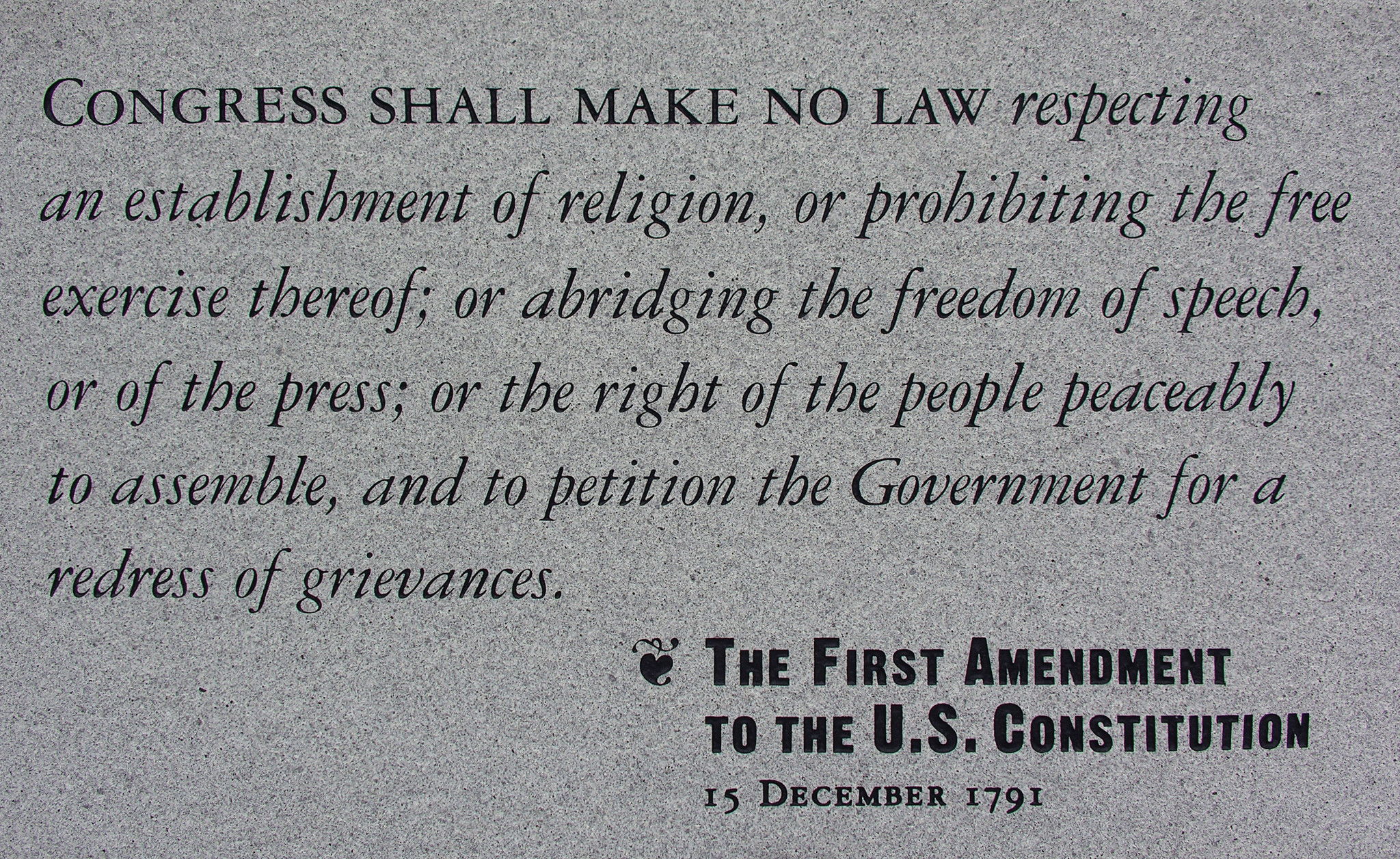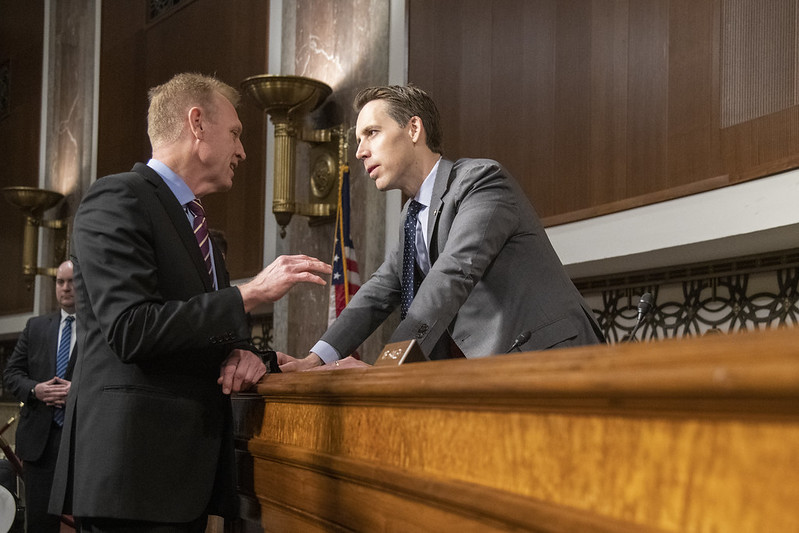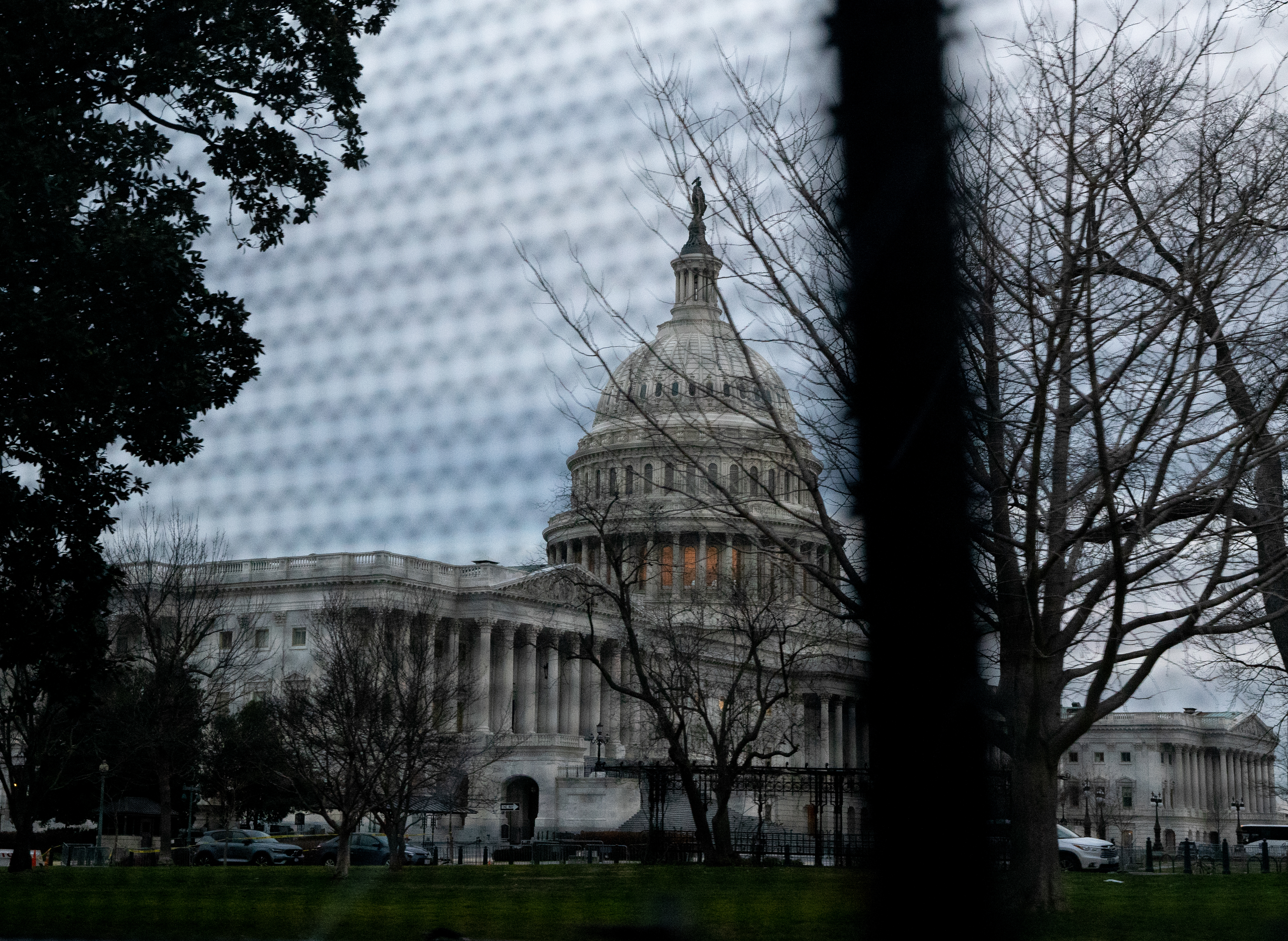Media News, Midwest, News
Illinois gun media flourish with stories downplaying failed Jan. 6 insurrection, claiming election fraud
From new chat sites, to Facebook knock-offs, to print and radio, right-wing organizers are finding new ways to spread.




